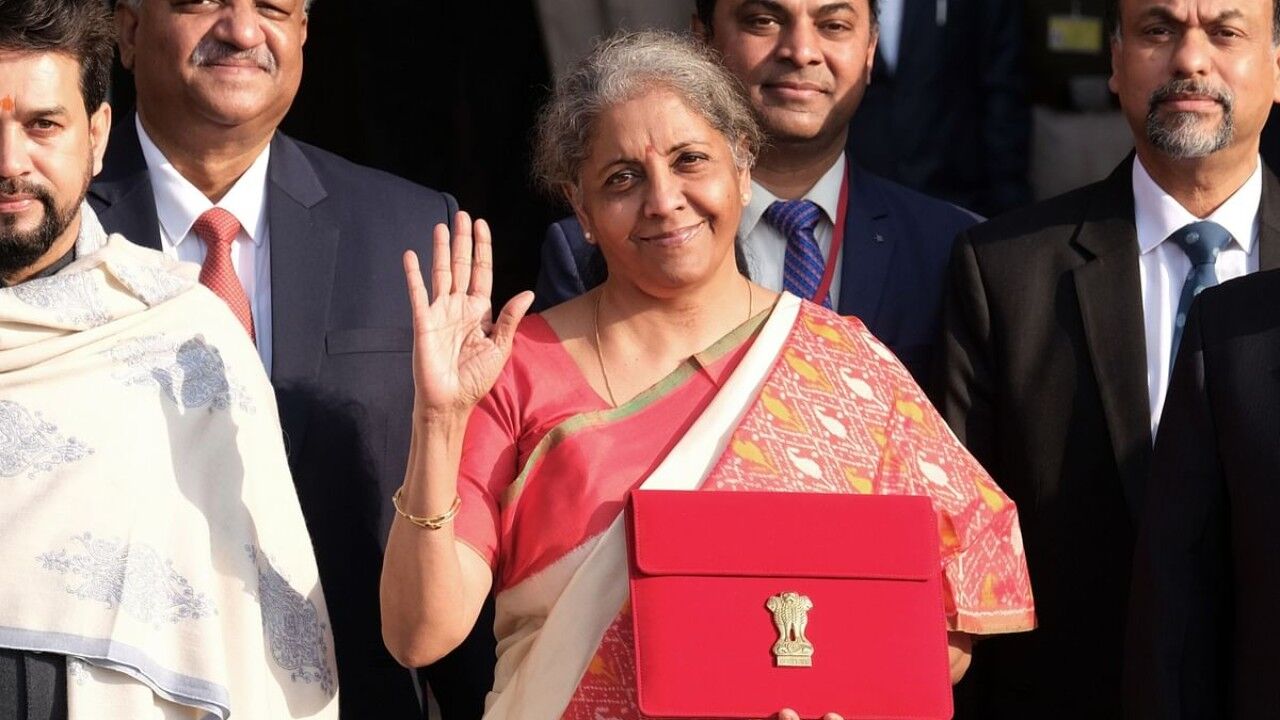Walking the tightrope

With just a couple of days to go for the announcement of the annual Budget 2022, economic experts and market players have started to come up with their expectations. Incorporating most of the expectations in the financial document will no doubt be a challenging task for the government. Just to contextualise the announcement of the Budget, it comes ahead of assembly elections in five states including the most populous and largely agriculture-based state of Uttar Pradesh. It also follows the tall commitments made by the government around transition towards a green economy at the CoP26. Then we have the education sector finding itself in a dwindling state for the third year in a row. And to top everything is the Omicron wave of the pandemic that has made the scenario so uncertain and unfavorable for the economy at large. Undoubtedly, there is a lot to be done but the government has its hands tied with an already high fiscal deficit standing at 6.8 per cent. For an economy that has accustomed itself to having a fiscal deficit around three per cent, this could be a pressurising situation. Furthermore, fulfilment of disinvestment targets has remained below expectations year after year. The current conundrum is not just about in which sector the government spends but also about the manner in which it decides to spend, as the revenue options are quite limited. To start with the elections, there is no doubt that the governments often face the dilemma of balancing between a populist and pragmatic budget ahead of the polls. Given the criticality of the UP polls the government may find it tempting to focus on short-term rural economy boosters, particularly in the agriculture sector. Pertinent issues like unemployment are also gaining ground in the northern belt. It would be important to see if the government decides to come up with production-linked incentives in the agriculture sector. In terms of boosting the renewable sector, the time is quite apt for the government to make big allocations towards green transition. Firstly, the Indian PM has made tall claims on the global stage that it would drastically shift its focus from the non-renewable energy sector to renewables. Secondly, the experts have opined that the Omicron wave may be nearing its end in a couple of weeks. As the economic recovery gains pace, it will be a defining gesture whether the government takes the green route or the usual one. Given the fiscal constraint in the economy, it can be expected that public investment is made at least for capacity building and networking in the renewable sector. The sector cannot be left totally untouched as climate issues claim as much urgency as anything else. Education is another sector that demands immediate attention. Even the education spending in India in the pre-pandemic era was widely criticised as being low. There appears to be a sense of inconclusiveness as to how much India spends on education. The Economic Survey of India 2020 states that the country spent 2.8 per cent of the GDP on education in 2018-19. The Ministry of Education, however, pegs the figure almost double of that. With the onset of the pandemic, education has been further pushed to the fringe. There is an unavoidable need to boost the sector by enhancing preparedness for both the online and offline modes through appropriate budgetary allocations. In fact, greater budgetary allocation is only the first step forward to address the ailments of the education sector, and the government should not refrain from taking this step. Then there is the health sector which requires least elaboration at this juncture. Both short-term and long-term investments are needed in the sector as the challenges we are witnessing in the form of pandemic are not going to fade completely anytime soon. With so much to spend, the revenue options remain far and few. In the pre-pandemic Budget in 2019, the government had slashed the corporate tax to a historic low. It may sound negative to substantially raise the corporate tax for the upper income strata in this harsh phase of pandemic but that could be considered as an option. The fact is that the government is reeling under heavy borrowings on account of high fiscal deficit, which further implies heavy payments on interests in these extremely tough times. The challenge of maintaining a balance between fiscal deficit and public expenditure is of unprecedented scale at this point. It is only the finesse and strategic decisions of the Finance Ministry that could save the day for the Indian economy. The last thing to expect would be reckless disinvestment targets. Under the given circumstances, probably one of the most historic Budgets is awaited.



